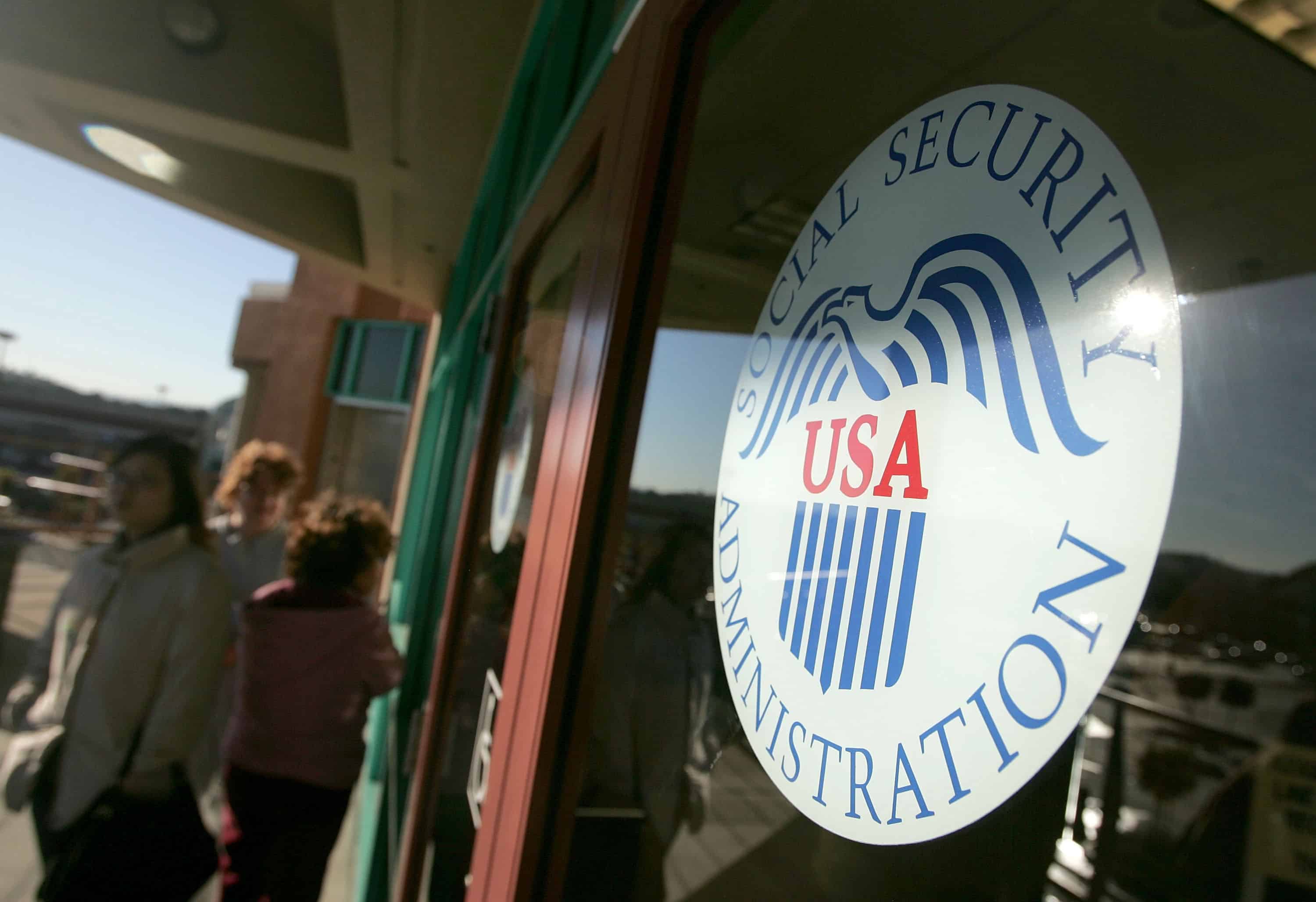
It’s often been said budgets are the best indicator of a nation’s priorities because talk is cheap but where Congress actually spends taxpayers’ money is what really matters. If you believe that premise, then American seniors have a lot to worry about. On the Medicare side of the ledger, we’ve already reported about efforts by GOP Senate appropriators to kill the vitally important State Health Insurance Assistance Program (SHIP) program:
“The SHIP network provides critical information upon which people with Medicare rely to make informed decisions about their coverage options and enrollment decisions,” says Judith A. Stein, Executive Director, Center for Medicare Advocacy, Inc. “The SHIPs are critical to providing assistance with these increasingly complicated choices. People with Medicare and their families from all over the country depend on SHIPs as the key source of unbiased guidance.
‘Senate appropriators have turned their backs on a growing number of people who will need SHIP services to navigate the complexities of Medicare coverage by proposing to eliminate program funding. This kind of penny-wise, pound-foolish lawmaking will threaten the economic security of millions of Medicare beneficiaries and their families.”…Max Richtman, NCPSSM President/CEO”
The news is just as bad on the Social Security side as the Senate Appropriations Committee cut the agency’s administrative budget request by nearly 5.5% at a time when 10,000 Americans a day turn 65. As Los Angeles Times columnist, Michael Hiltzik, reports this cut is especially telling:
“In fiscal terms, there’s no earthly reason for Congress to be stingy with Social Security’s administrative budget. The money comes out of workers’ payroll taxes and the system’s other revenue, not from the general treasury. And it’s spent with painstaking care: The Social Security Administration is one of the government’s most efficient agencies, with a core administrative budget of 0.7% of benefits, devoted to upholding a decades-old reputation for superb customer service.”
Politically, this effort is a continuation of a decades-long campaign to diminish successful government programs which, since the vast majority of the American public of both parties supports them, can’t be killed outright. Whether it’s right-winger Grover Norquist’s goal “to get it {government} down to the size where we can drown it in the bathtub” or former Speaker Newt Gingrich’s plan to “starve the beast” by slashing taxes on the wealthy and underfunding government programs conservatives don’t like, Republican efforts to weaken programs like Social Security and Medicare continue in full force.
In the case of the Social Security Administration, the Senate Special Committee on Aging reports that years of Congressional under funding is clearly taking its toll.
“At a time when Baby Boomers are retiring and filing disability and retirement claims at record numbers, SSA has shed 11,000 workers agency-wide over three years. Hiring freezes resulted in disproportionate staffing across the nation’s 1,245 field offices, with some offices losing a quarter of their staff. These past five years have also served witness to the largest five-year decline in the number of field offices in the agency’s 79-year history as 64 field offices have been shuttered, in addition to the closure of 533 temporary mobile offices known as contact stations. SSA has also reduced or eliminated a variety of in-person services as it attempts to keep up with rising workloads and shift seniors and others online to conduct their business.”…Reduction in Face-to-Face Services at The Social Security Administration
The Center on Budget and Policy Priorities detailed the real-life effects this has on millions of American seniors:
“Before the budget cuts, more than 90 percent of applicants could schedule an appointment within three weeks; by 2015, fewer than half could.”
“Starting in 2011, budget cuts forced SSA to freeze hiring, and the teleservice centers lost many agents through attrition. In just three years, SSA lost more than 15 percent of its 800 number staff. Wait times and busy rates spiked. In 2014, wait times peaked at over 22 minutes and busy rates at 13 percent.”
Again, let’s not forget that American workers have contributed a lifetime to support Social Security. This isn’t even general revenue at issue. While the numbers are important, they only offer a glimpse into what these cuts actually mean to average Americans, many who find themselves at the Social Security office during some of the hardest times of the lives:
“For me, this was just one bill. But there’s much more at stake for many people who need the benefits offered by the Social Security Administration, who are not in a position to put this kind of time or legwork in. Many who visit are poor, old, widowed, homeless, or disabled, and if they aren’t one of those things themselves, they are likely caring for someone who is. They are at the end of their rope, perhaps experiencing the worst scenario of their lives: They need a wheelchair. They’ve gone blind. Their spouse died. Or, like me, they have a baby in the NICU.”…Laura Kwerkel, The Atlantic
The battle to fully fund the Social Security administration and the Medicare SHIP program continues. Chances are good your Member of Congress will tell you protecting these programs is a “top priority” but their actual vote on these particular programs could likely tell you a very different story.


